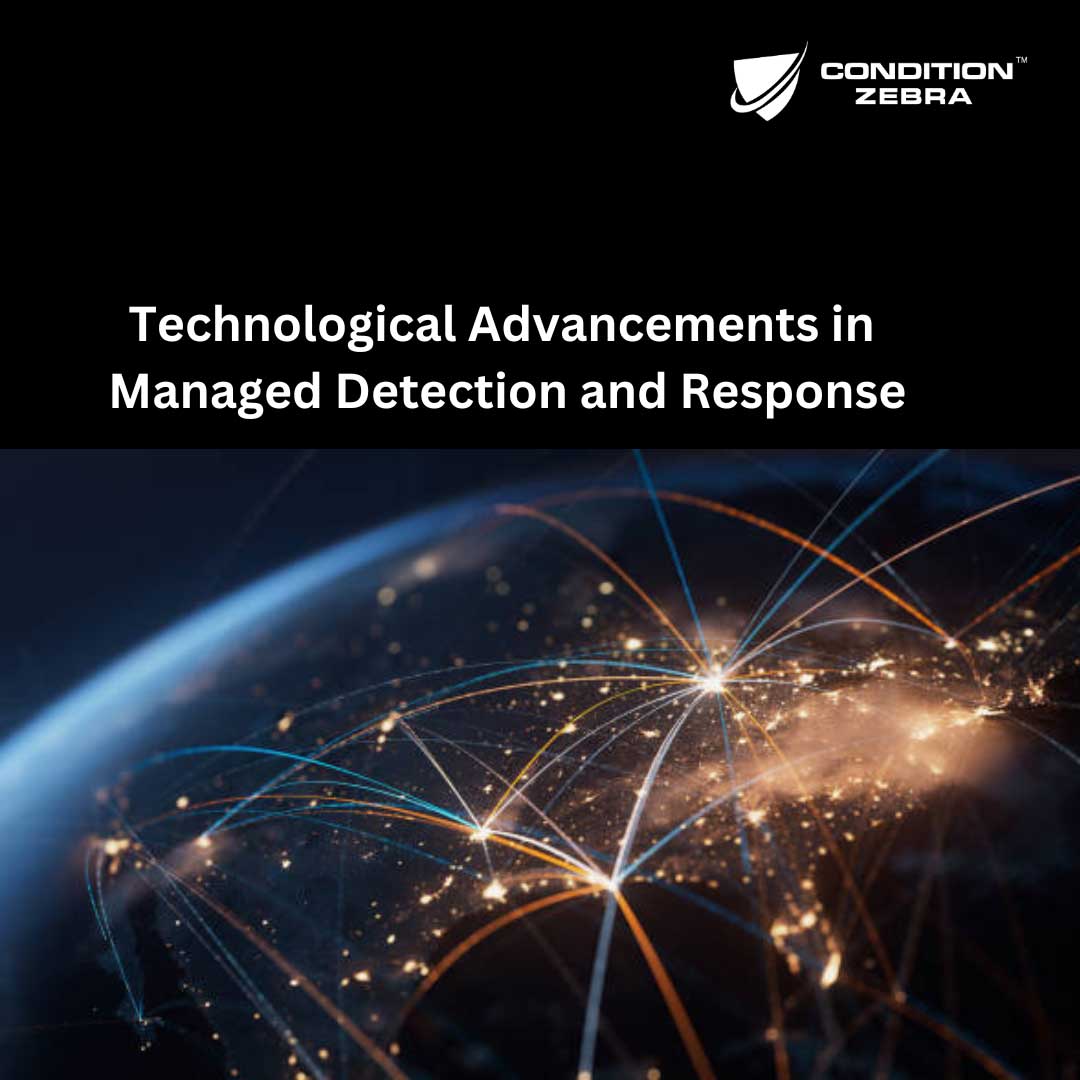In the ever-evolving landscape of cybersecurity, Managed Detection and Response (MDR) has emerged as a crucial service for businesses seeking robust protection against cyber threats. MDR services provide continuous monitoring, detection, and response to threats, leveraging advanced technologies and human expertise. The advancements in technology have significantly enhanced the effectiveness and efficiency of MDR, enabling organizations to stay ahead of sophisticated cyber threats. This article delves into the latest technological advancements in MDR and their impact on cybersecurity.
1. Artificial Intelligence and Machine Learning
Artificial Intelligence (AI) and Machine Learning (ML) have revolutionized MDR by automating threat detection and response processes. AI and ML algorithms analyze vast amounts of data in real time, identifying patterns and anomalies that may indicate a security threat. These technologies enable MDR services to detect previously unknown threats, reduce false positives, and respond to incidents more swiftly and accurately.
2. Behavioral Analytics
Behavioural analytics involves monitoring and analyzing the behavior of users and entities within a network. By establishing a baseline of normal behavior, MDR solutions can identify deviations that may signify malicious activity. This approach is particularly effective in detecting insider threats and advanced persistent threats (APTs), which often bypass traditional security measures.
3. Extended Detection and Response (XDR)
Extended Detection and Response (XDR) is an evolution of traditional MDR that integrates data from multiple security layers, including endpoints, networks, servers, and cloud environments. XDR provides a holistic view of an organization’s security posture, enabling more comprehensive threat detection and response. This integration enhances the ability to correlate events across different domains, improving the accuracy and speed of threat detection.
4. Threat Intelligence Integration
Modern MDR solutions incorporate threat intelligence feeds from various sources, including open-source, commercial, and government databases. This integration enriches the context around detected threats, providing actionable insights and enabling proactive defense measures. By leveraging threat intelligence, MDR services can anticipate and mitigate threats before they impact the organization.
5. Automated Incident Response
Automation plays a pivotal role in modern MDR services, particularly in incident response. Automated response actions, such as isolating affected systems, blocking malicious IP addresses, and deploying patches, can significantly reduce the time to contain and remediate threats. Automation not only enhances the speed of response but also frees up security analysts to focus on more complex tasks.
6. Cloud Security Monitoring
With the increasing adoption of cloud services, MDR solutions have evolved to include robust cloud security monitoring capabilities. Advanced MDR services can monitor cloud environments for misconfigurations, unauthorized access, and other potential security risks. This ensures that organizations can maintain a strong security posture even as they migrate to and operate in the cloud.
7. Zero Trust Architecture
The adoption of Zero Trust Architecture (ZTA) principles in MDR services enhances security by assuming that threats could be present both inside and outside the network. ZTA enforces strict access controls and continuously verifies the identity and integrity of users and devices. By integrating ZTA with MDR, organizations can ensure that only authorized entities can access critical resources, thereby reducing the attack surface.
8. Advanced Endpoint Detection and Response (EDR)
Endpoint Detection and Response (EDR) has become a fundamental component of MDR services. Advanced EDR solutions provide real-time monitoring, threat detection, and response capabilities at the endpoint level. These solutions can detect and mitigate threats that traditional antivirus software may miss, such as fileless malware and ransomware.
Conclusion
Technological advancements in MDR are transforming the cybersecurity landscape, providing organizations with powerful tools to detect, respond to, and mitigate cyber threats. By leveraging AI and ML, behavioral analytics, XDR, threat intelligence, automation, cloud security monitoring, Zero Trust Architecture, and advanced EDR, MDR services are becoming more effective and efficient. As cyber threats continue to evolve, these technological advancements will be crucial in helping organizations maintain a strong security posture and protect their critical assets.
Condition Zebra provides Cybersecurity Solutions and Cybersecurity Training for public and private SMEs in various industries, Financial Services (Banks and insurance), Government Ministries and agencies, and Government-linked companies.
Our Managed Detection and Response (MDR) services are a comprehensive cybersecurity service that utilises real-time threat detection and response capabilities to detect, investigate, and respond to cyber threats.
Source:
OpenAI. (2024). ChatGPT https://chat.openai.com/chat
Share this:

